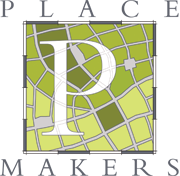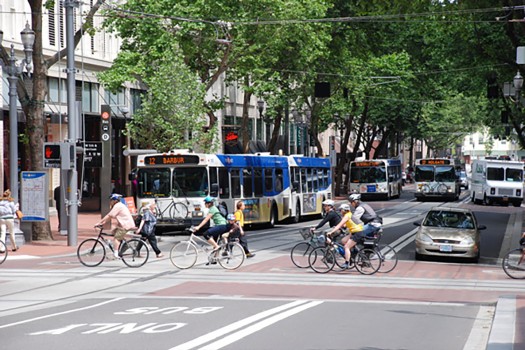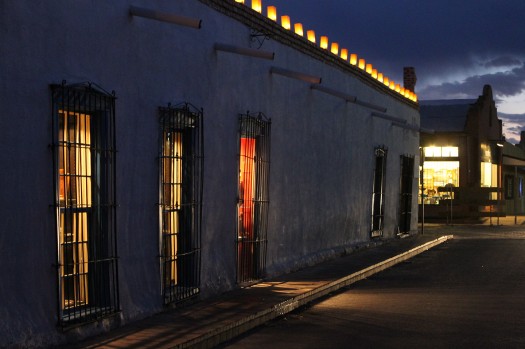Posts Tagged ‘Resilience’
The Inuit: A view from the top of the world
Much of what we write about here on PlaceShakers has to do with dense urbanism and clustered rural development, as an alternative to auto-centric suburban development patterns that have dominated North America for the last 70 years. What we don’t talk about as much is that a big part of our raison d’etre is these…
Read MoreWhy Placemaking Matters: The ROI of Cities
Thanks to all of you who made last week’s Why Placemaking Matters: What’s in it for me? conversation so interesting. Robert Steuteville, editor of Better! Cities & Towns, jumped in with his own elevator pitch that beautifully connects much of the wonk-speak that I listed last week. Kaid Benfield from Washington D.C. and Brent Bellamy…
Read MoreWhy Placemaking Matters: What’s in it for me?
When a mayoral candidate from my city wrote me to ask me to repeat in writing what I’d said the night before, I realize I need to de-wonk and make my elevator speech more memorable. Why does city planning matter to people who aren’t urban designer types? If I could take an extra five minutes…
Read MoreAggravated 15 Year Olds as a Measure of Place
I’m always on the lookout for simpler ways to make important points about how we grow. Ways that people intuitively understand, and can easily share with others. Regular readers here may recall the last time I talked about this, when my mention of the neighborhood-measuring popsicle test — the ability of an 8 year old…
Read MoreStayin’ Alive: The life and death prospects of community ties
“We had better get together on this or we’re going to die.” People talk a lot about community these days. How we’ve lost whatever sense of it we might have once had. How we don’t really know each other much anymore. How we yearn for more intimacy, with connection that transcends the typically weak ties…
Read MoreLessons from the Woods
Half-way through our family’s relocation to the woods for the month of August, placeshakers have been asking me for town planning lessons learned. It’s challenging to encapsulate a place as extraordinary as Victoria Beach, with its 101-year history of car-free summers and an elegant street grid of dirt roads that are tremendously kid-friendly. I’ve been…
Read MoreResilience: It’s who ya know.
If there’s one thing the 20th century gave us, it’s the luxury of not needing each other. It so defines our culture that it’s physically embodied in our sprawling, disconnected landscapes. That alone begets a classic, chicken-n-egg question: Did the leisurely lure of the suburbs kill our sense of community? Were our social ties unwittingly…
Read MoreSustainability: What’s in a word?
The places we inhabit are rarely if ever arbitrary. They’re the products of intention. Personal. Economic. Environmental. Religious. We choose for ourselves, individually and collectively, the kind of places we want and — through leadership, policy, investment, advocacy, action and, at times, inaction — those places begin to take form. It’s a complicated dance of…
Read MoreCottage Simplicity: Keeping it easy, making it attainable
We talk often here on PlaceShakers about cottage living, as well as drilling down into how to make that happen at home, with conversations like Small Y’all: A Cottage Solution to the Housing Problem and “Pocket Neighborhoods”: Scale Matters. This weekend, strolling through Victoria Beach — an insightful cottage community in Manitoba, Canada — I…
Read MoreCrowdsourcing = Data = Better Places
You know what the payment is for crowdsourcing? By asking other people to step up and think through solutions to some collective problem, I must commit to making a difference myself. Every time I’ve asked you to share information with me, you have. Then I feel the need to compile it, analyze it, and organize…
Read More


